
What Books Belong in the Queer YA Canon?
When I was a teen, there were so few YA novels that starred queer characters and they were almost always billed as issue books. And despite how old I feel whenever I hop on TikTok, I wasn’t a teen that long ago. I’m so thrilled to see that queer YA has grown by leaps and bounds in the last decade, particularly with the help of the advocacy of so many readers and authors, and with the formation of organizations like We Need Diverse Books. It’s a wonderful thing to go from reading every queer book released in a year because you’re desperate for representation to having so many new LGBTQ+ books out every season that you get to pick and choose which ones you’ll read.
Which isn’t to say that we don’t still need more books, more stories, and more intersectionality! I am constantly amazed by the number of new books that explore new angles and new stories, and I am eager for more, always. But with this proliferation of queer YA, one thing that seems to come up more and more often is the question of which books are the defining LGBTQ+ books of the YA canon. Sometimes people ask this because they want to understand the history of queer novels in YA, and sometimes because they want to make sure that they’re including queer YA in their college courses or school libraries, and they want to pick books that have been influential on the category. I’ve been asked more times than I can count what the “best” or most essential queer YA novel is, and that’s an impossible question to answer because there’s so much out there. But identifying what books belong in a canon can also be a fraught thing. We’ve explored the concept and usefulness of the literary canon before, and the complexities of identifying a children’s literature canon. Kelly Jensen has tackled the question of how difficult it is to even identify a YA canon as a single person, because agreeing on a set of criteria is nearly impossible.
Since there are far fewer queer YA books than there are YA books in general, I am going to take a stab at what I consider the notable queer YA books of this century, so far. I think novels such as I’ll Get There. It Better Be Worth the Trip by John Donovan (1969) and Annie on My Mind by Nancy Garden (1982) are absolutely essential if one were to compose a queer canon, if only because they were among the first gay and lesbian books, respectively, that depicted queer characters in YA, and Garden’s is especially important as one of the first that depicted a happy ending for her protagonists, although I will warn you that each book contains heaping doses of homophobia, both overt and internalized. Weetzie Bat by Francesca Lia Block and Hard Love by Ellen Wittlinger mark a shift in YA as they feature characters who are queer and who don’t seem to face horrible assaults or consequences as a result, but there is still a lot of angst over identity.
The books below are notable due to their influence on YA, popularity amongst readers, and the diversity of experiences they highlight. Take this list with a grain of salt — I am well read in YA, particularly in queer YA, because I care about these books very much, but I haven’t read every queer book and others may disagree with my judgment. The books I list here might not make the same sort of list five or ten years from now. What I hope is that by compiling this list, readers who wish to better understand the evolution of queer YA in the last two decades will find a great entry point to begin their reading journey.
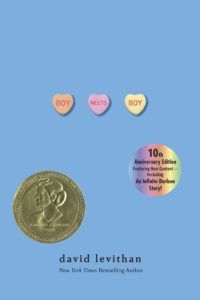
Boy Meets Boy by David Levithan (2003)
Not only is David Levithan influential for his own novels, which often feature gay teen boys, but he’s also known for his work as an editor at Scholastic, and as the founding editor of the imprint This Is Push. Boy Meets Boy is about a gay friendly small town where your typical teen book tropes are turned on their head. In it, we follow Paul, an openly gay teen, and his group of friends, and their misadventures leading up to a high school dance as Paul realizes he likes Noah. But when he blows his chance, he’ll have to figure out how to make it up to him and convince Noah to give him a second chance. It won the 2003 Lambda Literary Award. Follow it up with Two Boys Kissing for another great novel about queer love, but one that incorporates queer history as well.
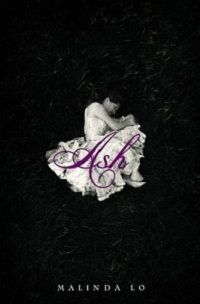
Ash by Malinda Lo (2009)
National Book Award winner and Printz finalist Malinda Lo began her career with Ash, a lesbian retelling of Cinderella. It was, to my knowledge, the first YA fantasy starring a lesbian protagonist and one of the first queer YA fantasies, period. It’s a beautiful and moving story of Ash, who loses both her parents and is left in the care of her cruel stepmother. She takes comfort in the fae who live beyond the woods of her family’s estate, and just when she thinks she might want to join them for good, she meets the king’s huntress who offers her the possibility of a life among the living. This critically acclaimed debut was the finalist for multiple awards, including the William C. Morris Award and the Lambda Literary Awards, and just the first in an exciting collection of genre novels starring lesbian girls by Lo. Follow it up with her National Book Award winning novel Last Night at the Telegraph Club.
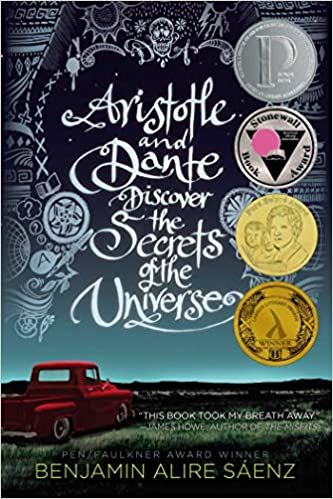
Dante and Aristotle Discover the Secrets of the Universe by Benjamin Alire Saenz (2012)
This novel garnered so many awards, they don’t all fit on the jacket: the Stonewall Award, the Lambda Literary Award, the Printz Honor, the Pura Belpre Medal. It’s the story of the titular characters, Aristotle and Dante, who become friends in 1987 in a small Texas town, and slowly discover they have feelings for each other. Not only is it about the love they have for each other and their struggles to admit it and be together, but also about Ari’s family conflicts and grappling with racial identity. The book has continued to be a word-of-mouth hit, inspiring a sequel called Aristotle and Dante Dive Into the Waters of the World.
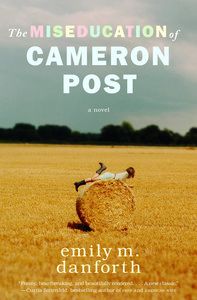
The Miseducation of Cameron Post by emily m. danforth (2013)
This literary coming-of-age novel is set in 1990’s rural Montana, and follows Cameron Post after the untimely death of her parents. As she grows up and realizes that she is a lesbian, she struggles to find her place in her hometown, even as she falls in love for the first time. But when her religious aunt discovers she’s a lesbian, Cameron is sent to conversion therapy, where she connects with her fellow students and finds inner strength to understand who she is and what she stands for. It was a Morris Award finalist, and its movie adaptation was the 2018 Sundance Grand Jury Prize–winning movie. I think that not only is this novel beautifully written, but it’s also a nuanced portrayal of struggling with oneself and an honest and heartbreaking perspective on the horrors of conversion therapy. I think if you’re going to read one book with conversion therapy as part of the plot, this should be it.
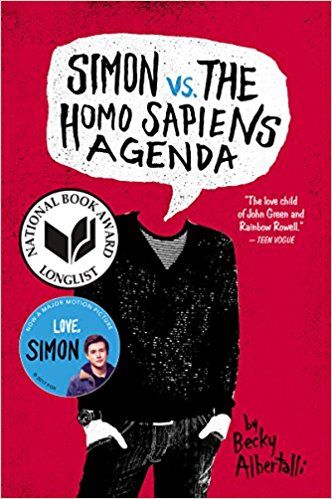
Simon vs. the Homo Sapiens Agenda by Becky Albertalli (2015)
Becky Albertalli’s debut novel made waves when it was published, winning the William C. Morris Award and making the National Book Award longlist. While it’s premise feels, on the surface, like something that would exist in the late 20th century — a closeted teen boy is blackmailed over his identity — what set this book apart was its humor and heart, and how Simon finds his uplifting happy ending without being punished for being gay by his family and friends. It was made into a major teen movie, and has inspired inclusive and queer companion novels as well as a spin-off TV series.
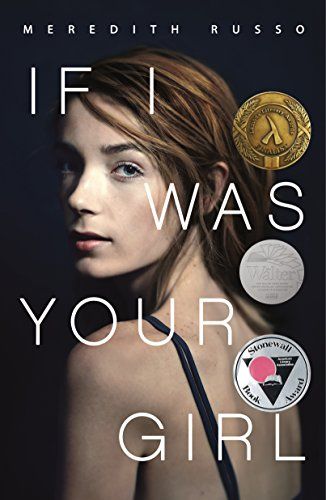
If I Was Your Girl by Meredith Russo (2016)
One of the first YA novels about a trans teenage girl, by a trans writer, this story follows Amanda Harding, who left her last school under tense circumstances. In order to have a fresh start, she leaves behind her supportive mom and moves in with her dad, who is a bit uncertain about his daughter’s transition. At school, she relishes the chance to be seen as normal and even develops a crush on a cute guy who seems to like her back…but she knows that if she wants to have a meaningful relationship with him, she’ll have to come out as trans. This book normalizes Amanda’s experiences without sensationalizing the details of her life. It won the Stonewall and Lambda Literary Awards, was a Walter Dean Myers Honor Book for Outstanding Children’s Literature, and garnered widespread acclaim from readers and industry leaders alike.
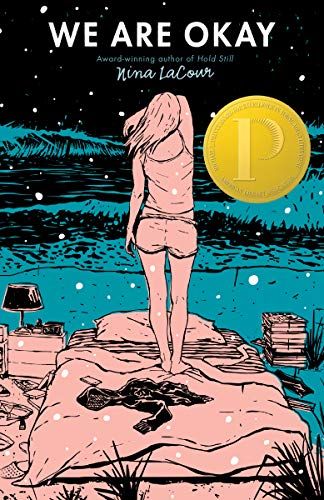
We Are Okay by Nina LaCour (2017)
Nina LaCour’s work has had such a positive impact on YA that I had a hard time choosing just one of her books. Her first novel, Hold Still, was published in 2009, her romance Everything Leads to You (2014) made waves when it came out, and she collaborated with David Levithan on a book called You Know Me Well in 2016. But We Are Okay won the Printz Award and was the first YA book about a queer girl, by a queer woman, to do so. It’s the story of Marin, who is grieving a loss so big she’s shut out her best friend and first love Mabel and left for college without any further contact. When Mabel comes to visit, Marin must face her heartbreak head on. In addition to the Printz, multiple outlets named it a best book the year.
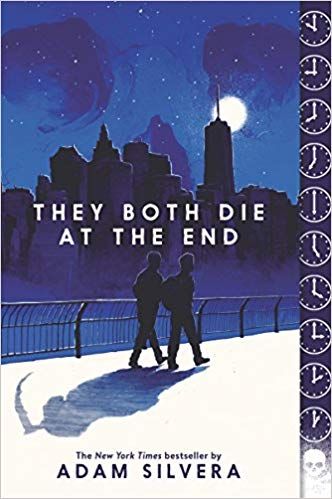
They Both Die at the End by Adam Silvera (2017)
Narrowing down just one book by Adam Silvera proved to be nearly impossible, so I went with the one that I see literally everywhere — on shelves in libraries and Walmarts, and the one that Amazon has designated a teacher’s pick. In a world where you get a heads up on the day you die, two Latine protagonists named Mateo and Rufus get news they’re both going to die on the same day, and they connect via an app called Last Friend. They meet up, and get to work packing as much living as they can in a single day. This is a smart book that subverts expectations, and was critically acclaimed as well as named best of the year by multiple outlets.
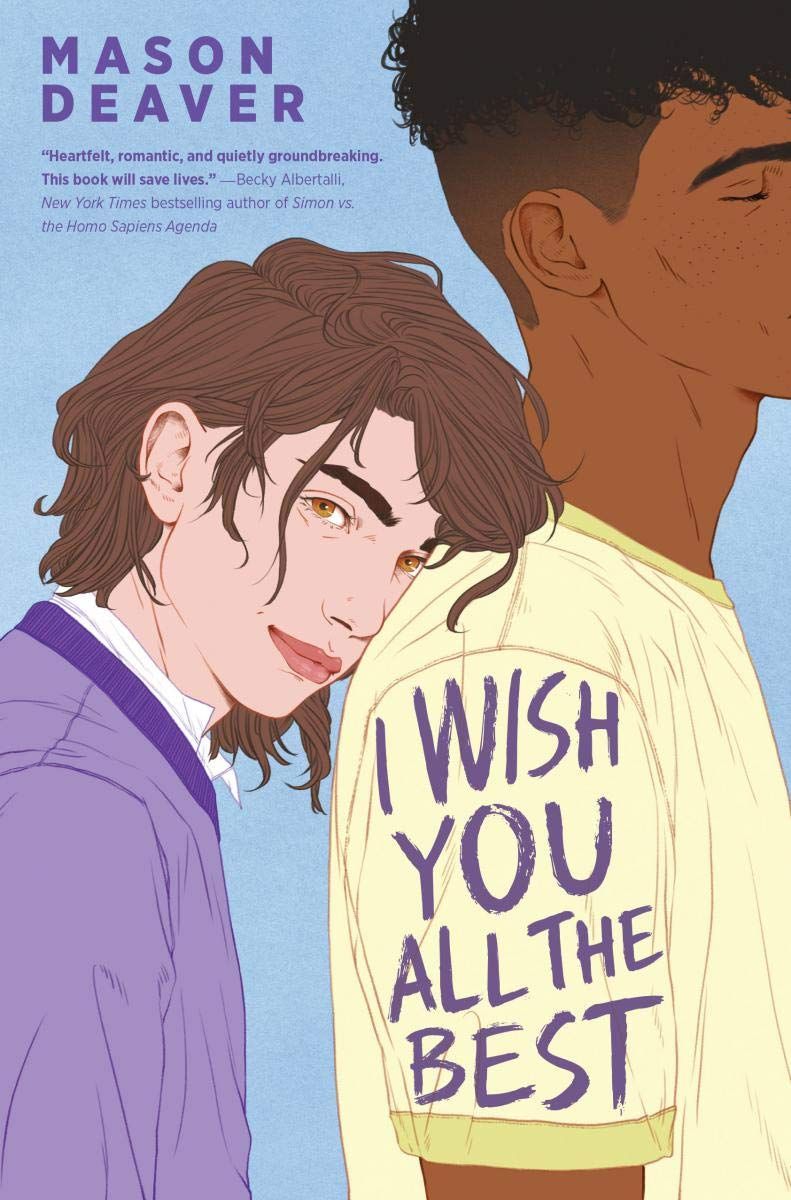
I Wish You All the Best by Mason Deaver (2019)
Deaver’s debut is notable because it’s one of the first in YA to star a nonbinary protagonist. When Ben comes out as nonbinary, their parents kick them out and they’re forced to live with their estranged sister and her husband. When they start at a new school, Ben just wants to keep a low profile, which proves hard. When Nathan takes Ben under his wing, they develop feelings for each other. This book has great nonbinary and mental health representation.
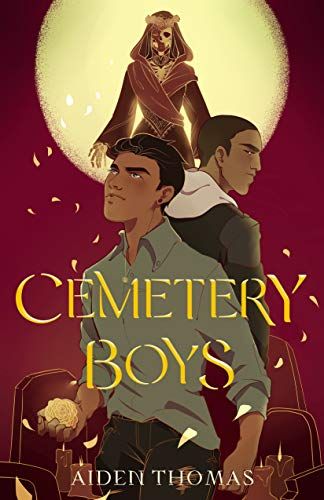
Cemetery Boys by Aiden Thomas (2020)
Yadriel is a Latinx teen whose family has trouble accepting he is trans, so he decides to prove himself as a true brujo by summoning a ghost in order to discover who killed his cousin. But when that ghost won’t leave, it’s a big problem. According to a publisher Q&A, Thomas wanted to write a book where Latinx teens and queer, trans teens could see themselves as heroes of a fantastical story, and where they could escape with a happy ending. The book was a bestseller, made the National Book Awards longlist, and was a finalist for a Hugo Award.
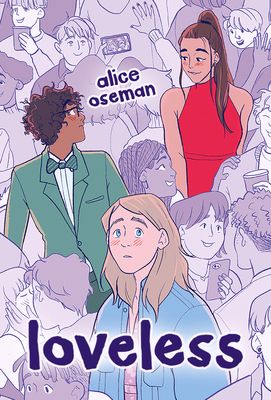
Loveless by Alice Oseman (2020)
Alice Oseman is the popular author of the Heartstopper series, but their novel Loveless is an important book with asexual representation, which has been slow to show up in YA, although is not nonexistent. When Georgia starts university, she realizes that she’s never had a crush on anyone and decides to find love for the first time. But her journey ends up wreaking havoc on her friend group, and as she learns terms such as asexuality and aromantic, she has to figure out what it means for her, and how to repair her relationships before it’s too late.
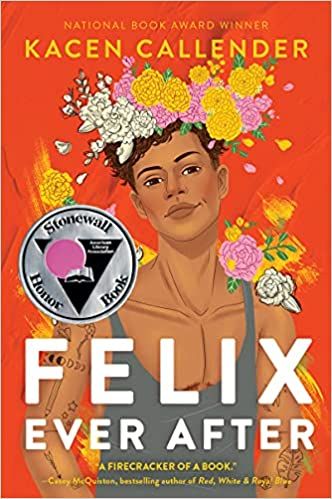
Felix Ever After by Kacen Calendar (2020)
Stonewall Award–winning author Kacen Callender has written a coming-of-age story about a teen named Felix who has transitioned and is worried that his many intersecting identities will make it impossible for him to find love. This book deals with deadnaming and bullying, but also self-discovery and self-love. Even Time agrees that it’s great — they named it a best YA book of all time! On another significant note, the cover of this book is great because it features top surgery scars, the first to do so in YA to my knowledge.
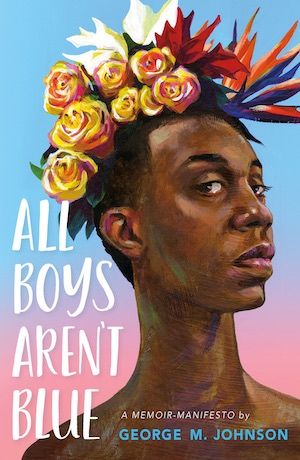
All Boys Aren’t Blue: A Memoir-Manifesto by George M. Johnson (2020)
This book has gotten a lot of buzz, in part because of how often it’s been challenged in the current climate of censorship. It’s a memoir in essays of Johnson’s childhood and formative teen years, from how they were bullied for being different to exploring their sexual identity. It’s a brave and beautiful book that tackles everything from race and sexuality to toxic masculinity and family relationships.
Looking at these books I think we can see a trend in that they’re mostly white up until recently, and it’s only been within the last few years that trans, nonbinary, gender-nonconforming, and asexual representation has really started to step into the spotlight. The books that tend to be the most popular also tend to be realistic fiction, although not always. As we move forward, I would love to see more intersectionality, more diverse stories about the groups that have existed in the periphery in YA, and more genre fiction. While there is certainly much more queer genre fiction being published now than 20 years ago, it’s difficult to say what will still be popular and in print ten, 20, 30 years into the future. But one thing is certain: These books are vital for teens, and it’s important we continue to read, share, support, and defend them.








